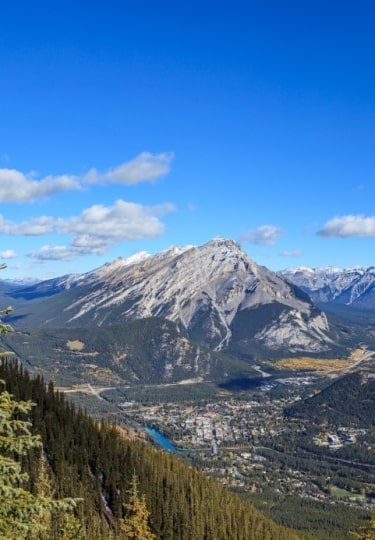Canada is a vast country, both from east to west, and from north to south. While it depends on what kind of experience and activities you’re looking for, both fall and late spring are good times to visit Canada.
While summer is generally when the weather is at its sunniest, it also brings high humidity. Winter is great for skiing, but the very short days are not to everyone’s liking.
Spring can be glorious, but unpredictable in its earlier months. Late spring and the fall months share mild weather that show off the country’s glorious outdoors at its very best.
Here is a guide to the best time to visit Canada.
Visiting Canada By Season
Summer
June, July, and August are when temperatures soar, as does the humidity. With temperatures from the high 60s to the mid-80s, everyone who can heads to a lakeside cottage, or the coast.
Atlantic Canada enjoys one of the warmest summer climates, with temperatures averaging 67°F (19°C) in mid-August, and rarely dropping below 51ºF (10.5°C) at night. In Quebec, the warm evenings are perfect for exploring the Old City, or sitting out on a bar or restaurant patio.
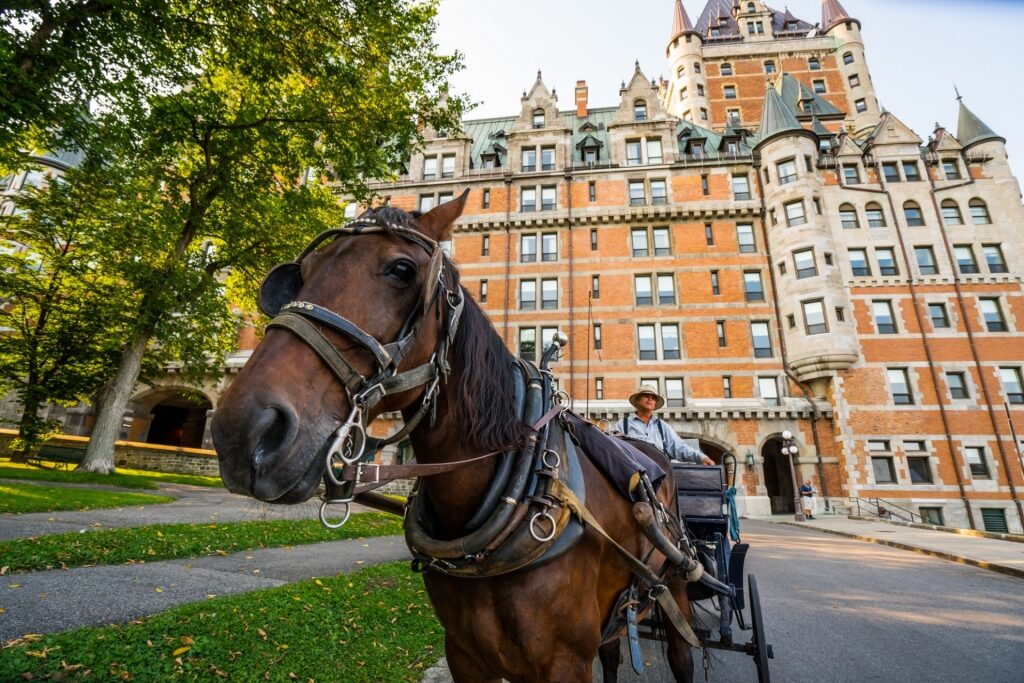
Old Quebec
Fall
From September through November is when the Canadian weather starts to become unpredictable, varying from day to day. The leaves burst into color, and the days start to shorten.
It’s best to wear layers that will cope with cold mornings, and even frosty ones later in the season. Then peel off the thermals in the afternoon, when temperatures might hit 68ºF (19.5°C) on good days.
Fall is possibly the best time to go to Canada, for colorful foliage, sinfully good vineyard tours, and events such as the Halifax Oyster Festival. During fall in Quebec, restaurants celebrate seasonal food, while hikers and cyclists explore its countryside.
There’s also great whale-watching in Quebec, or along the east coast. On the west coast, summer, and fall are the times to spot species such as humpback whale, orca, and minke.
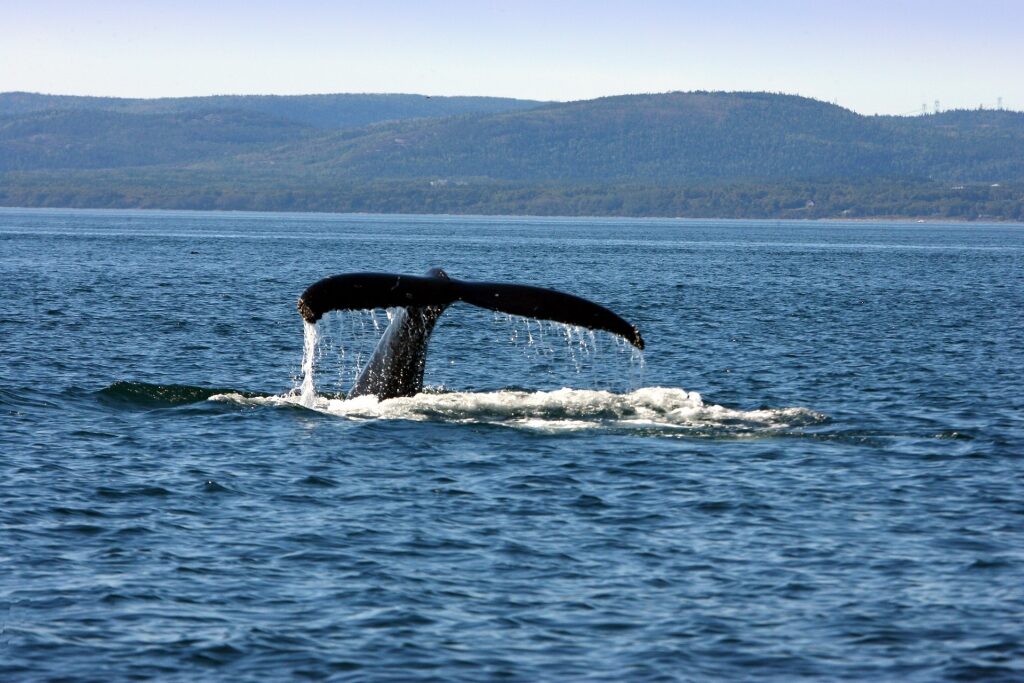
Humpback whale in Quebec
Read: Best Places to See Orcas in the Wild
Winter
From December through February, winter comes in with a vengeance. Skiers—and ice-hockey fans—meet it with delight, but icy streets and short days are less welcome.
Temperatures can drop to -40°F (-40°C) in parts of the interior, although places like Quebec average 6ºF (-14°C), but wind chill can make it much colder. Many Canadians have moved to Vancouver for its much milder, if rainier, Pacific Coast weather which sees little snow.
Spring
March, April, and May are the months of spring when Canada emerges from its winter hibernation. While days warm up, and lengthen fast, nights are still cool.
The spring rain brings flowers and tree foliage to life, brightening up the landscape. However, there is still a chance of snow in March, and even in April, so it is May before the spring weather can really be trusted.
Victoria Day in late May marks the official start of the summer season in Canada. Ski resorts open their hiking trails, and melting snows are great for white-water rafting trips.
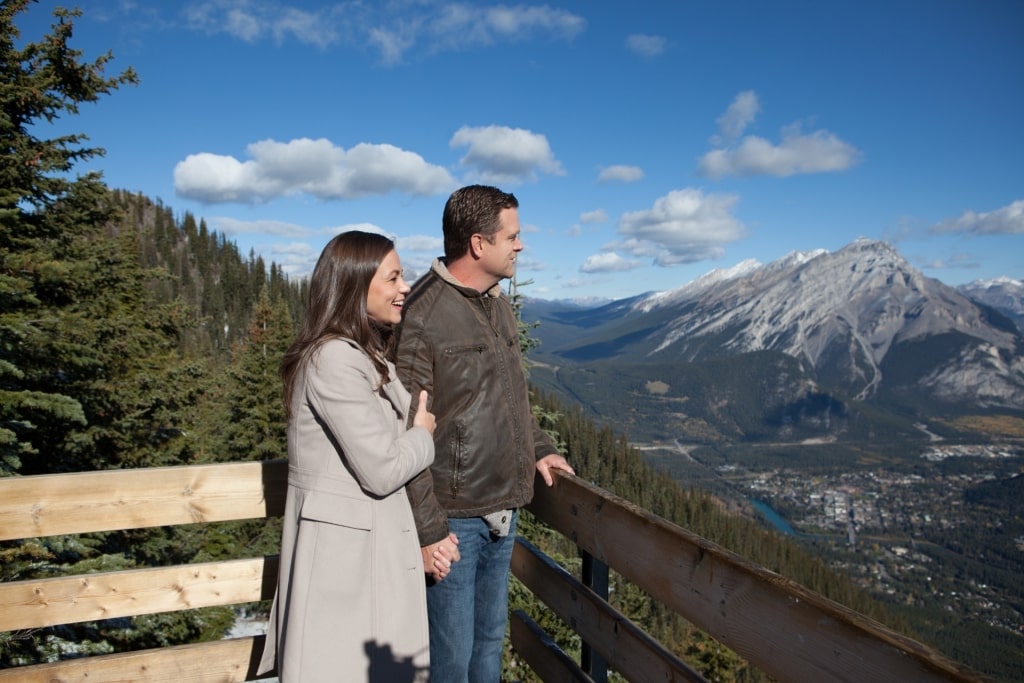
Banff
When Is Rainy Season?
The rainiest months vary across Canada, with the west coast being the wettest. In Vancouver, the months of January through March, and October through December have lots of rain.
In Quebec, precipitation is more consistent throughout the year, but January, May, November, and December are peak months for snow or rain. In Halifax, Nova Scotia, it’s simpler to say that August is the only month when precipitation (rain or snow) falls off slightly.
When Is High Season?
The high season in Canada is firmly linked to its weather. While the country is not as cold as many people seem to think, visitors still tend to play it safe by booking holidays in summer, when the countryside is green and lush and the wildlife the most active.
When Is Shoulder Season?
March through May, and then September, and October are the two shoulder seasons in Canada. These new great times to visit as the weather can be less hot and humid than in summer, but visitor numbers are lower.
Over 80 percent of visitors to Canada go to Toronto, Quebec, and Vancouver at any time of year. The summer volumes put pressure on popular visitor attractions.
When Is Low Season?
Low season starts in November, when winter arrives, and runs until April, when spring starts to show. Fans of winter sports, from skiing to ice hockey, are in their element, but still have to cope with the cold, dark days.
Winter is generally a time to explore major cities such as Vancouver or Quebec, and their many indoor, weather-proofed attractions.
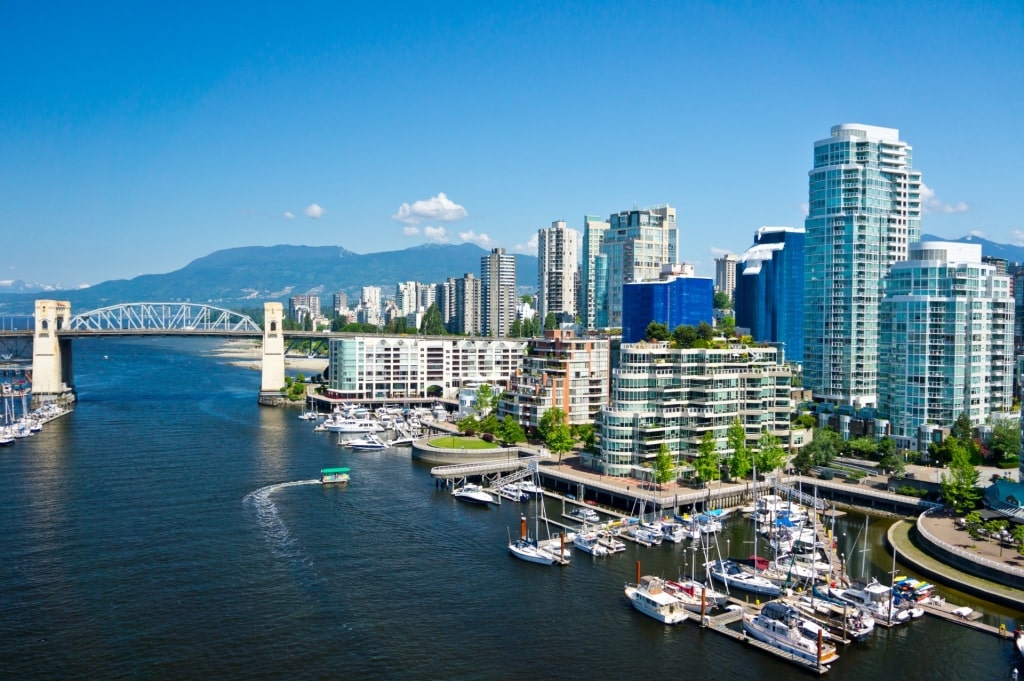
Vancouver
Has Canada’s interesting weather added to your desire to see the country’s many attractions for yourself? Then browse Celebrity’s Canadian itineraries to find a cruise that will showcase the country’s warm hospitality.
